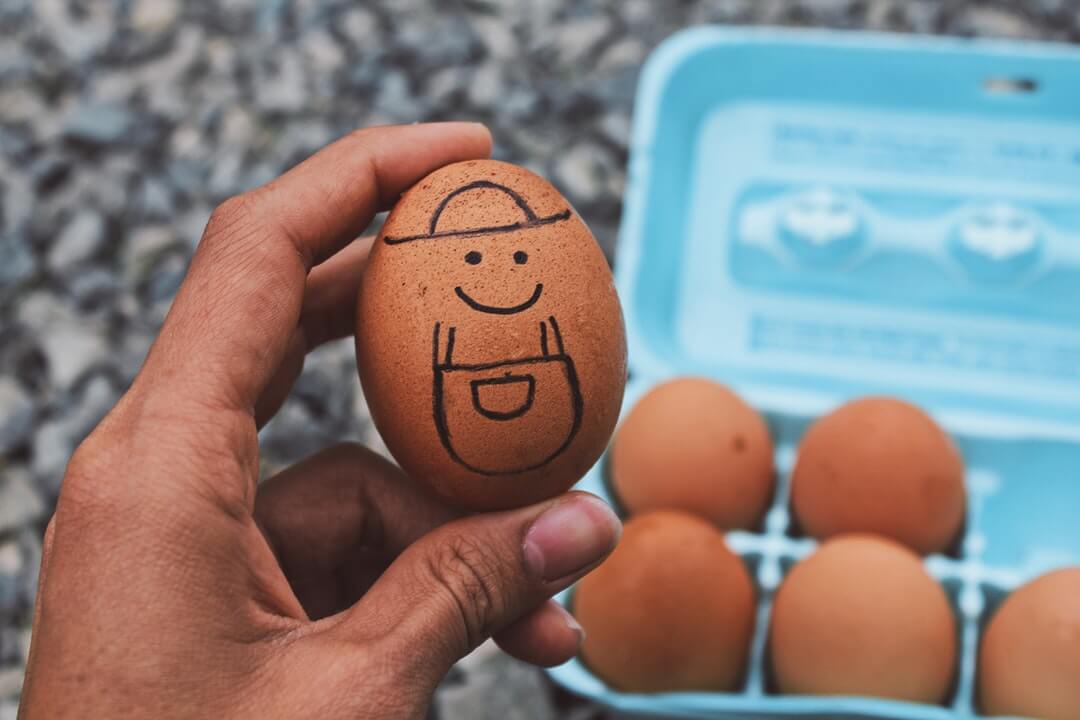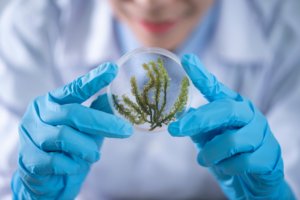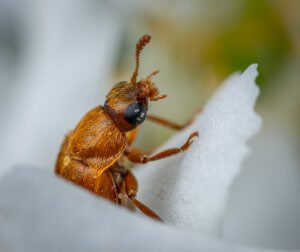
11 science experiments to do at home
Are you home tomorrow with kids or have a weekend coming up where you are staying in? Our team at InquiBox have compiled a list of creative, yet simple science experiments to do at home. These hands-on activities are a great way to enrich your minds whilst learning about some important science concepts.
So have fun, and don’t forget to share with us your findings, questions and thoughts! We would love to hear from each and every one of you.
1. How to make the most ‘attractive’ slime?
Homemade slime is an awesome science (chemistry) and sensory play activity for kids. This easy to do project will make the slime come to life through a magnetic force. It can be easily manipulated and is a fun way to learn how magnets work.
Science Explained: A magnet has a north pole and a south pole, linked by a magnetic field. Like poles repel each other, opposite poles attract each other. The iron filings cause this slime to be magnetic because iron is one of three elements that are magnetic at room temperature.
2. Create a magic rainbow skittle wheel!
Here’s a fun skittle science experiment that can make great use of the leftover Halloween candy. Children can watch in amazement as the colours spread, and enjoy the creation of their own colour patterns using water.
Science Explained: The coating of skittles includes both sugar and food colouring. When water is poured over the skittles the coloured coating dissolves spreading through the water. Both the sugar and the colour, dissolve and then diffuse through the water, making it the colour of the skittle.
3. Ever thought of making an egg bounce?
In this experiment learn how to make an egg bounce, instead of “crack” as you drop it gently on the table. Perfect for children to observe a chemical reaction take place, and watch as the vinegar begins to bubble in the jar.
Science Explained: If you soak an eggshell in vinegar (which is about 4% acetic acid), you start a chemical reaction that dissolves the calcium carbonate shell. The acetic acid reacts with the calcium carbonate in the egg shell and releases carbon dioxide gas that you see as bubbles on the shell.
4. The ocean waves in a bottle
Here’s a delightful way to bring the ocean home, by making waves in a bottle. It also works as a great display piece for friends to see.
Science Explained: When oil and water are mixed together they separate. The oil always floats to the top because it is less dense than water. Oil and water don’t mix because water molecules are more attracted to each other than to oil molecule.
5. Let’s make some magic milk.
In this experiment, children will get to see how food colouring provides a visual reaction when the detergent molecules are interacting with the milk particles.
Science Explained: Food colouring is less dense than milk, so it floats on the surface. When dish soap touches the surface of the milk, it weakens the milk’s bonds by attaching to its fat molecules. The food colouring moves with the surface, streaming away from the dish soap.
6. Amazing Lemon Volcanoes.
This aromatic gentle bubbling science activity will get kids excited to observe a chemical reaction.
Science Explained: Baking soda and citric acid react when mixed with water to form some amount of carbon dioxide gas. Sodium bicarbonate is a base. Citric acid is an acid. So it is a typical acid-base reaction.
7. A fun way to make some invisible ink
Invisible ink is any substance that you can use to write a message that is invisible until the ink is revealed. Watch your eyes widen as you discover the amazing possibilities of science.
Science Explained: Lemon juice is an organic substance that oxidizes and turns brown when heated. Diluting the lemon juice in water makes it very hard to notice when you apply it the paper, no one will be aware of its presence until it is heated and the secret message is revealed. Other substances which work in the same way include orange juice, honey, milk, onion juice, vinegar and wine.
8. How to make water walk?
The Walking Water experiment involves quick set up time and is visually appealing. Children can watch the coloured water travel uphill from the paper towel to then fill an empty glass. It also allows for some pretty pictures!
Science Explained: Thanks to capillary action the water moves or “walks” up the paper towels into the empty jar. The middle jar fills up with water until the water levels of all the jars are equal.
9. Grow your own peas
Children will learn to look after their own pea’s as they watch it grow. Is a simple science experiment, using household products such as tissue paper to explore how the germination process works.
Science Explained: Germination in plants is the process by which a dormant seed begins to sprout and grow into a seedling under the right growing conditions. Paper towels, provide an excellent medium for germinating seeds. They are germ-free and make it easy to control the moisture content for proper germination. Moisture and warmth within the towel are controlled with daily observation; you can add water to the towel when it becomes too dry and move it near a warm area if it is too cold in its original spot. The fact that you can watch the root emerge helps you know when to plant the seed.
10. Water and salt experiment
This experiment is simple and non-toxic. It teaches children about freezing points and the effects of adding salt to ice-cubes.
Science Explained: Assuming equal temperature, ice melts faster in salt water because salt water has a lower freezing point than fresh water, so the ice cube will have to absorb less heat in order to melt in saltwater than in freshwater.
11. Static Electricity Science
Teach children how non-moving electricity works, by blowing up some balloons. This experimental video will demonstrate how the surface of the balloon can cause things to become negatively charged.
Science Explained: When one object is rubbed against another, static electricity can be created. This is because the rubbing creates a negative charge that is carried by electrons. The electrons can build up to produce static electricity.
Hope you enjoyed our collection of science experiments to do at home. Don’t forget to share with us what you learnt and whether you have any science experiments up the sleeve that you do at home.
If you enjoyed our list of science experiments to do at home and want to read more awesome science stories from the web, check here.





